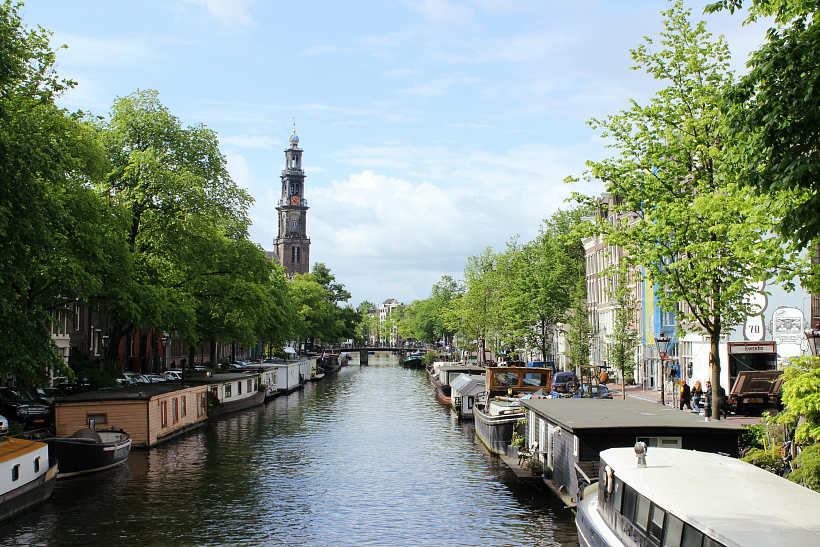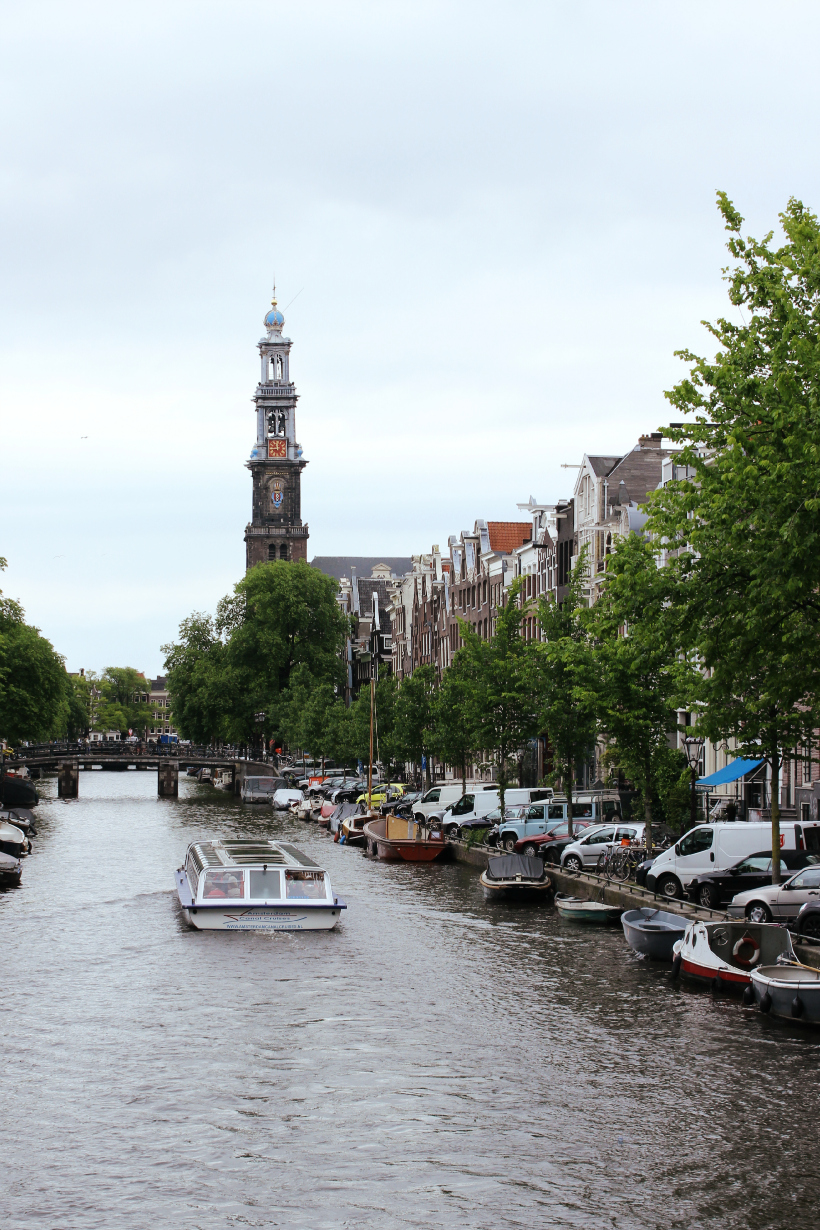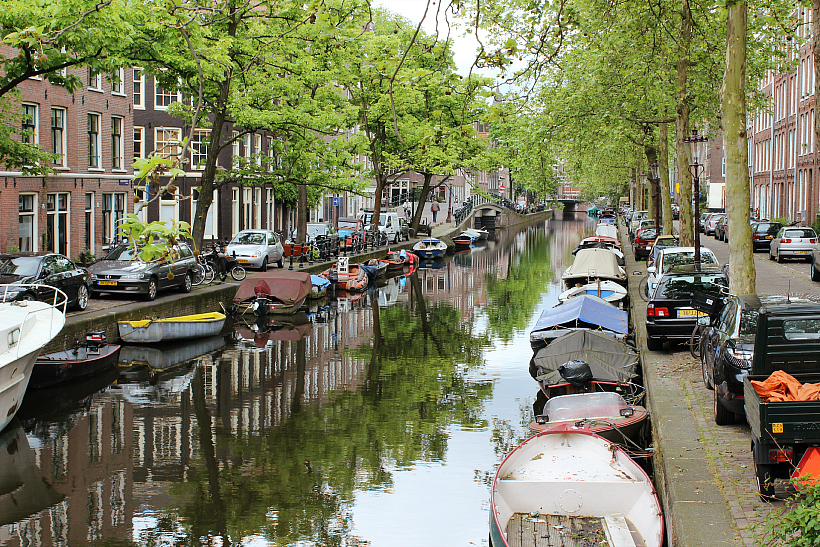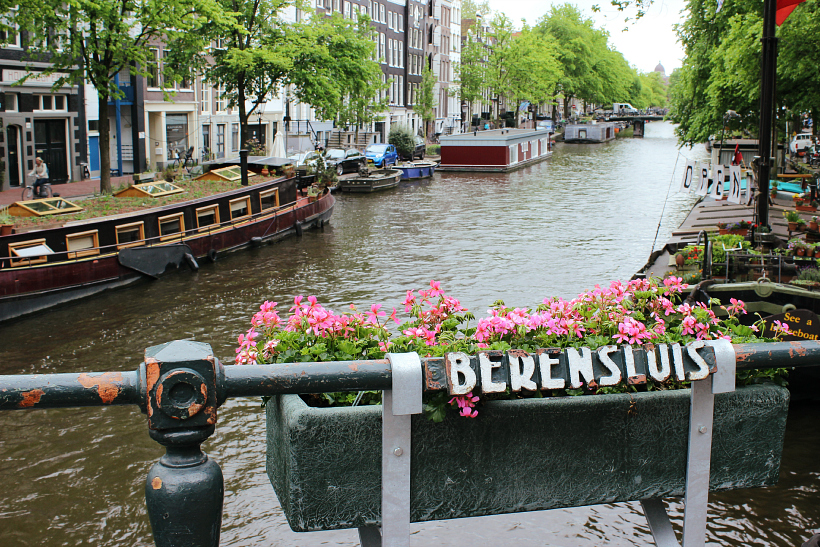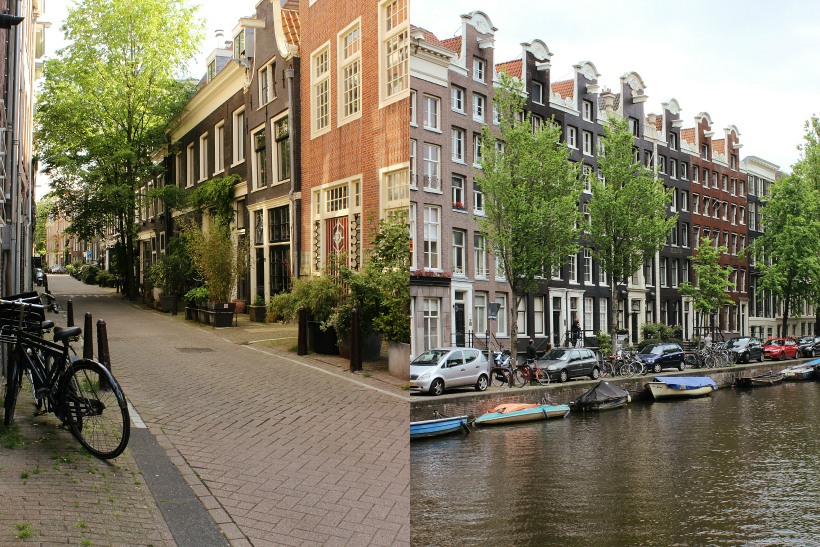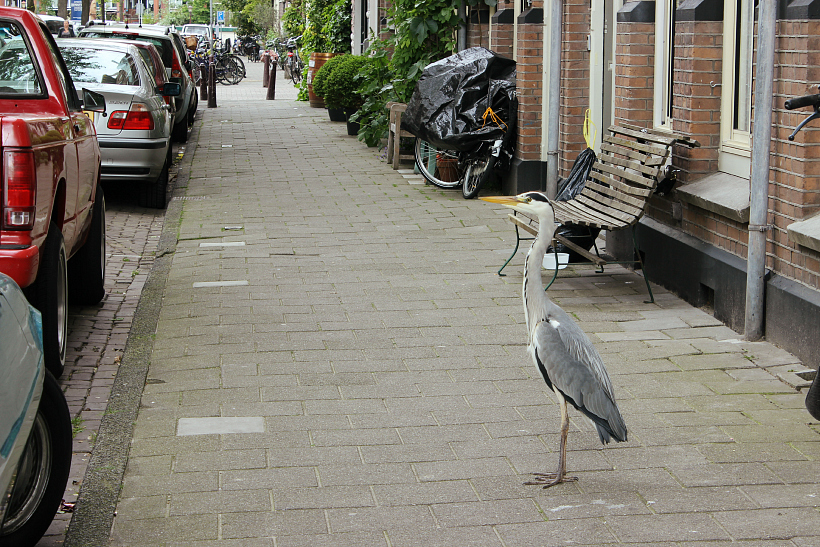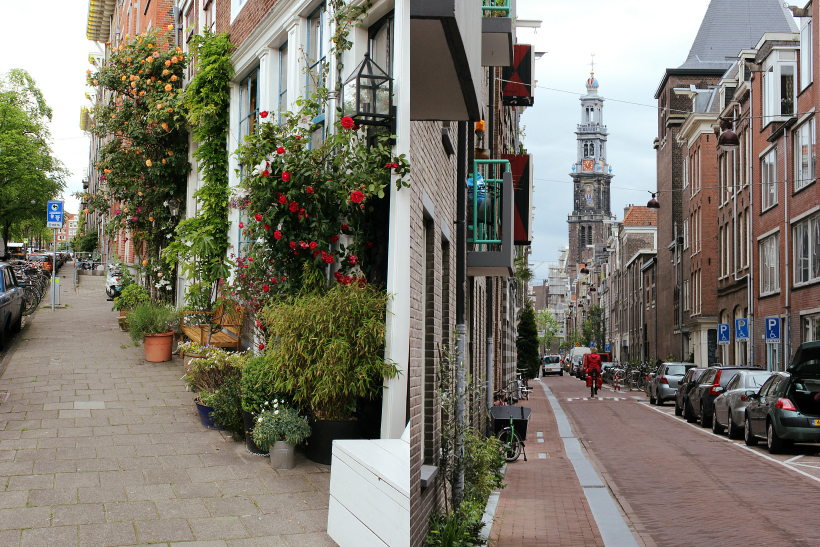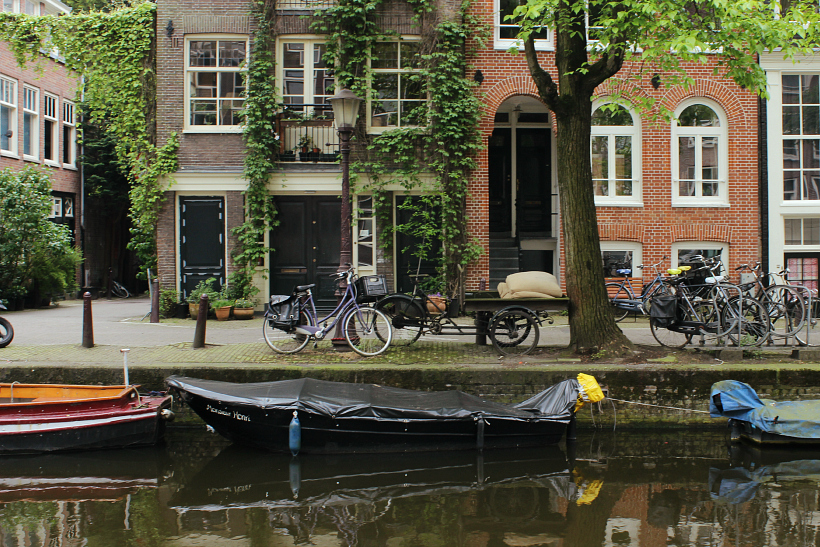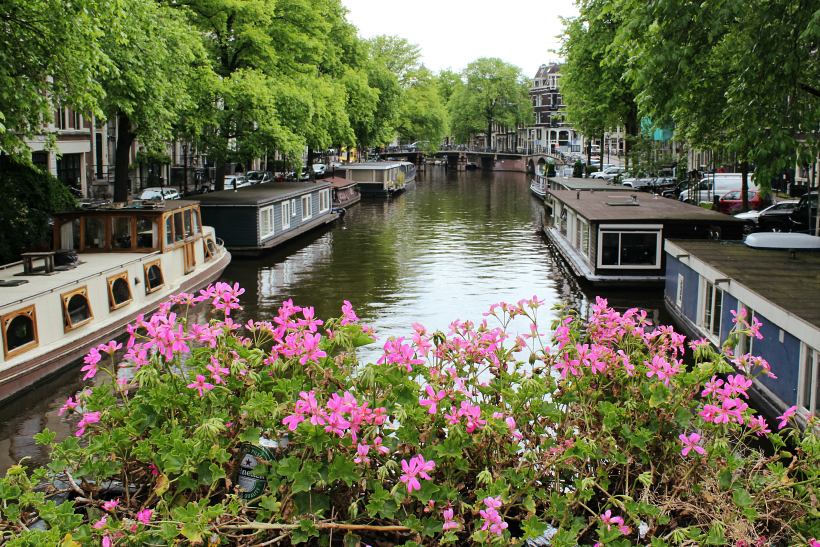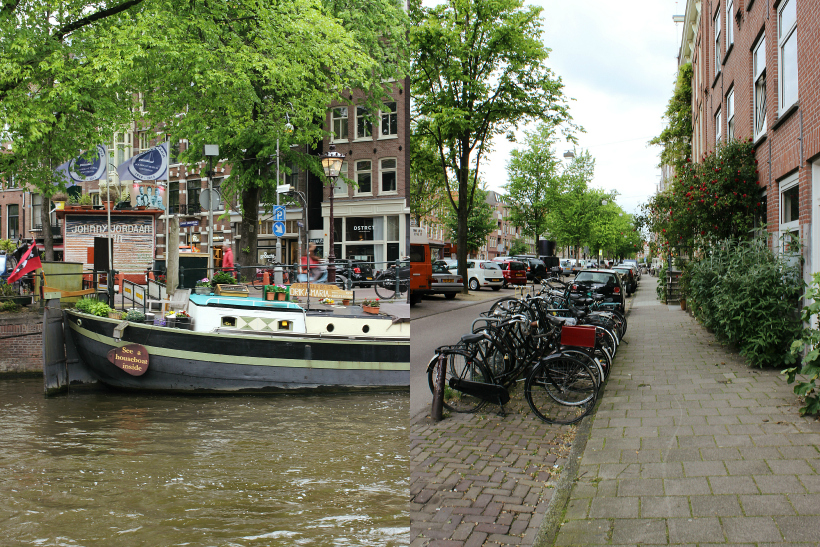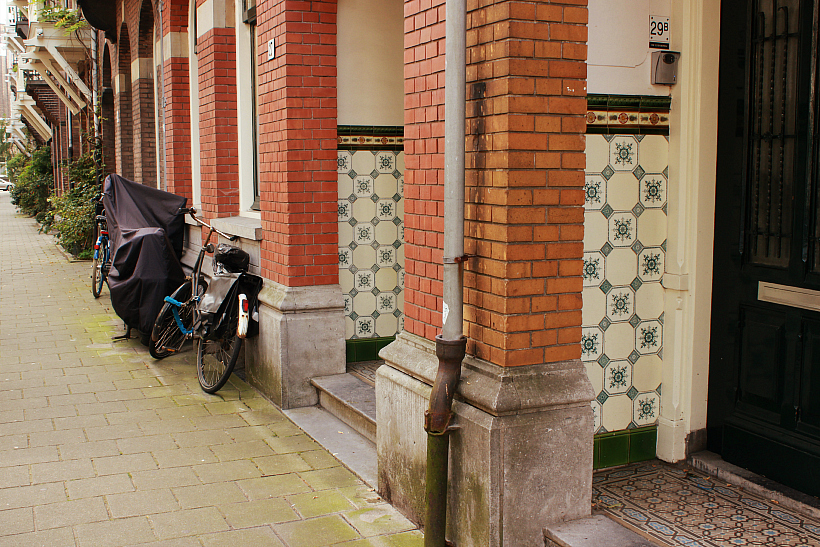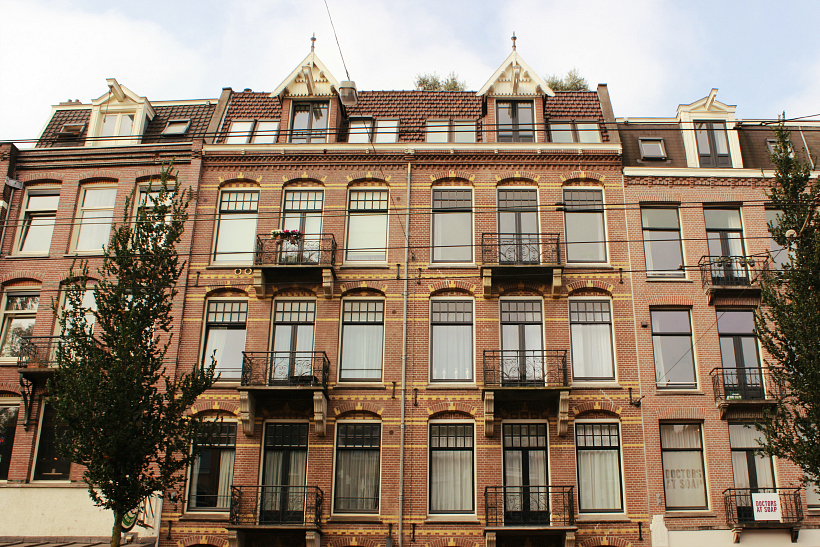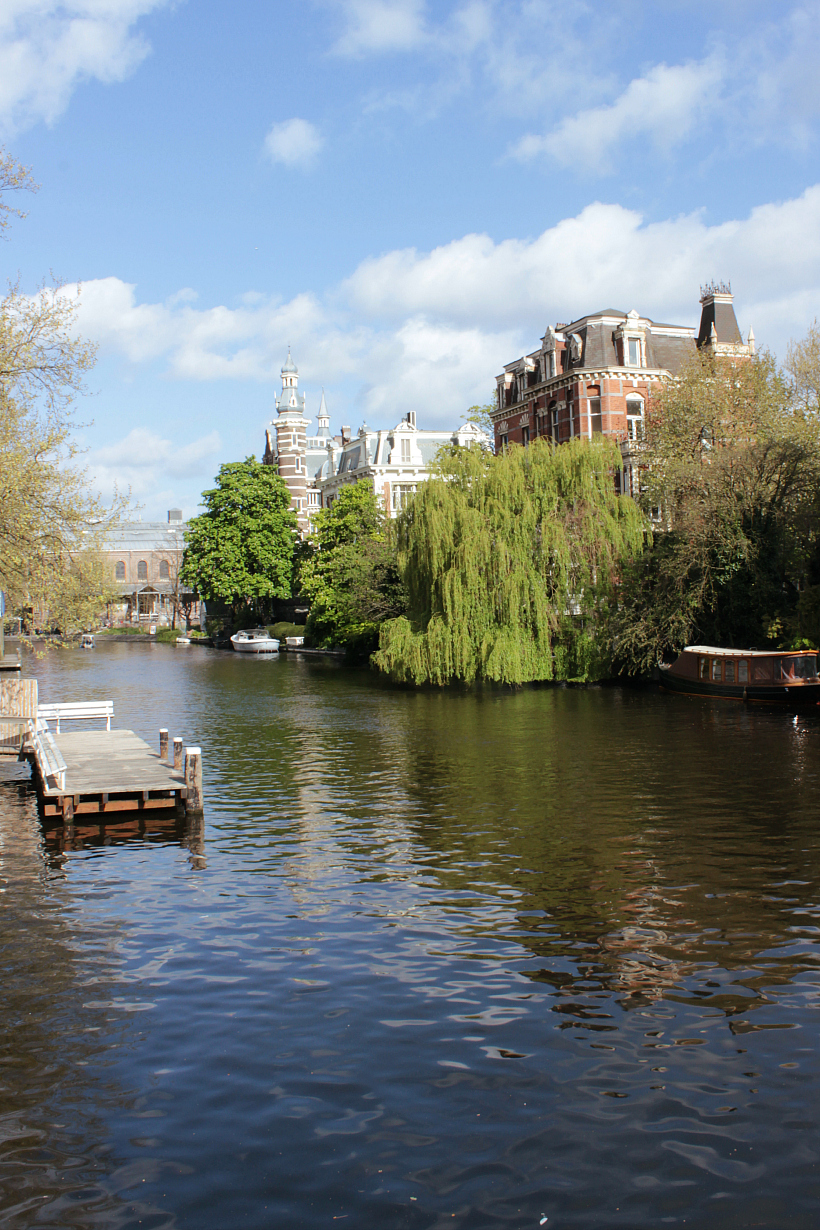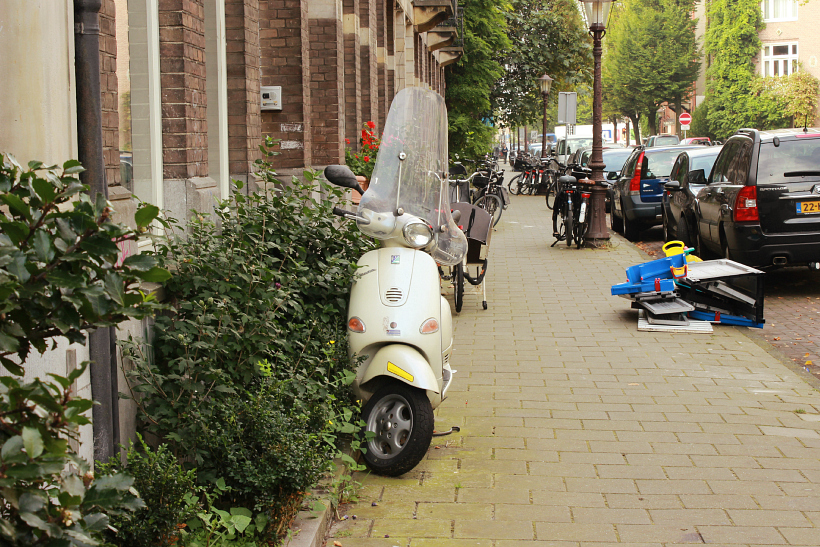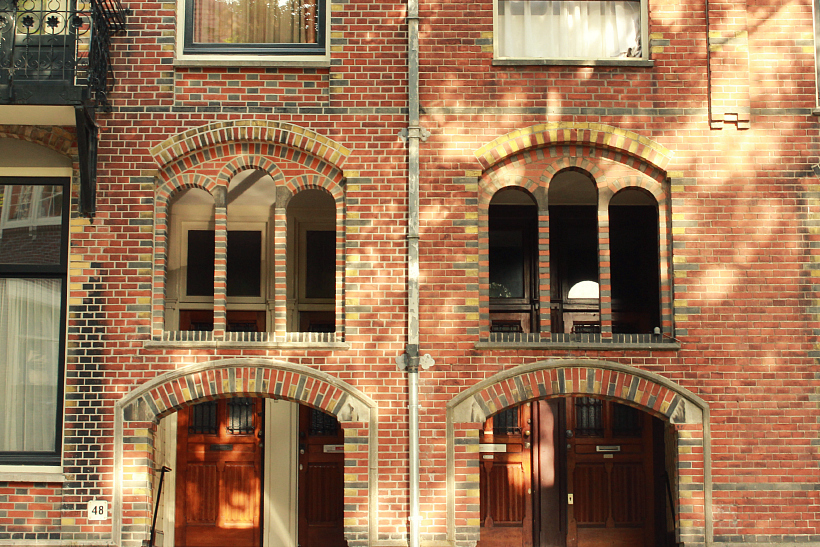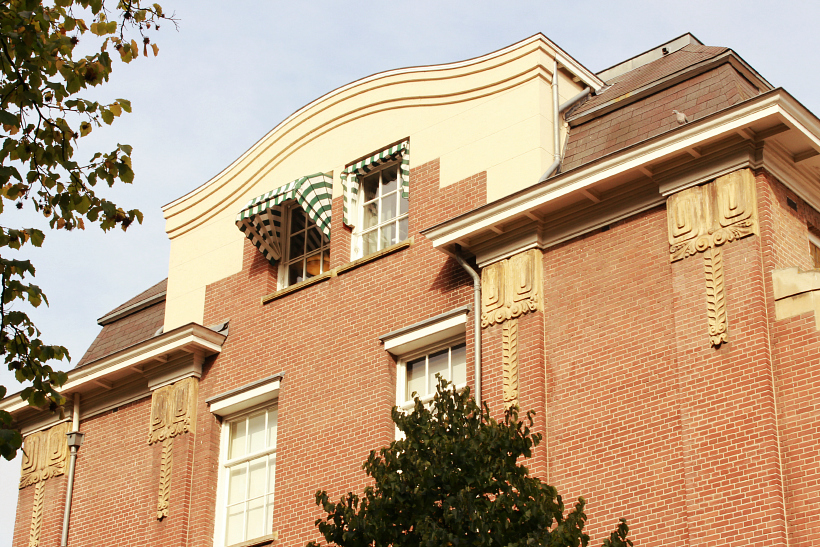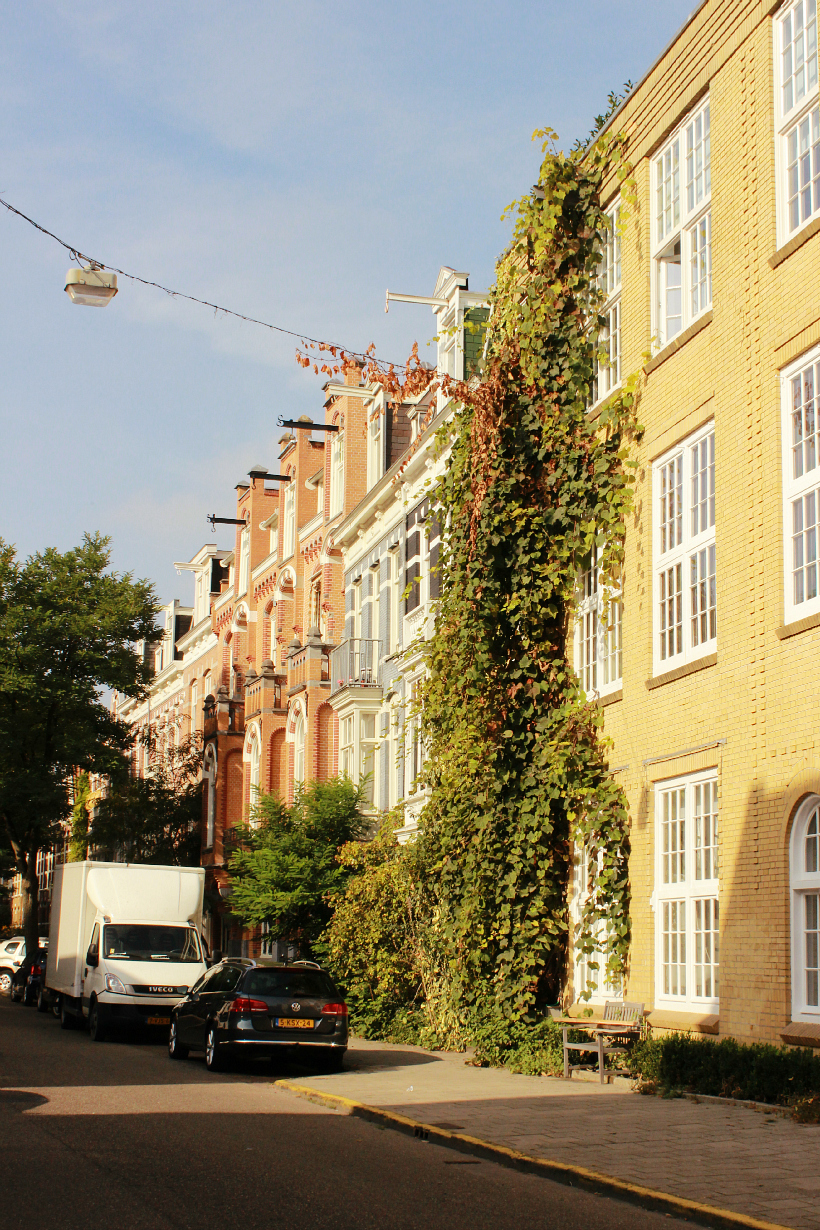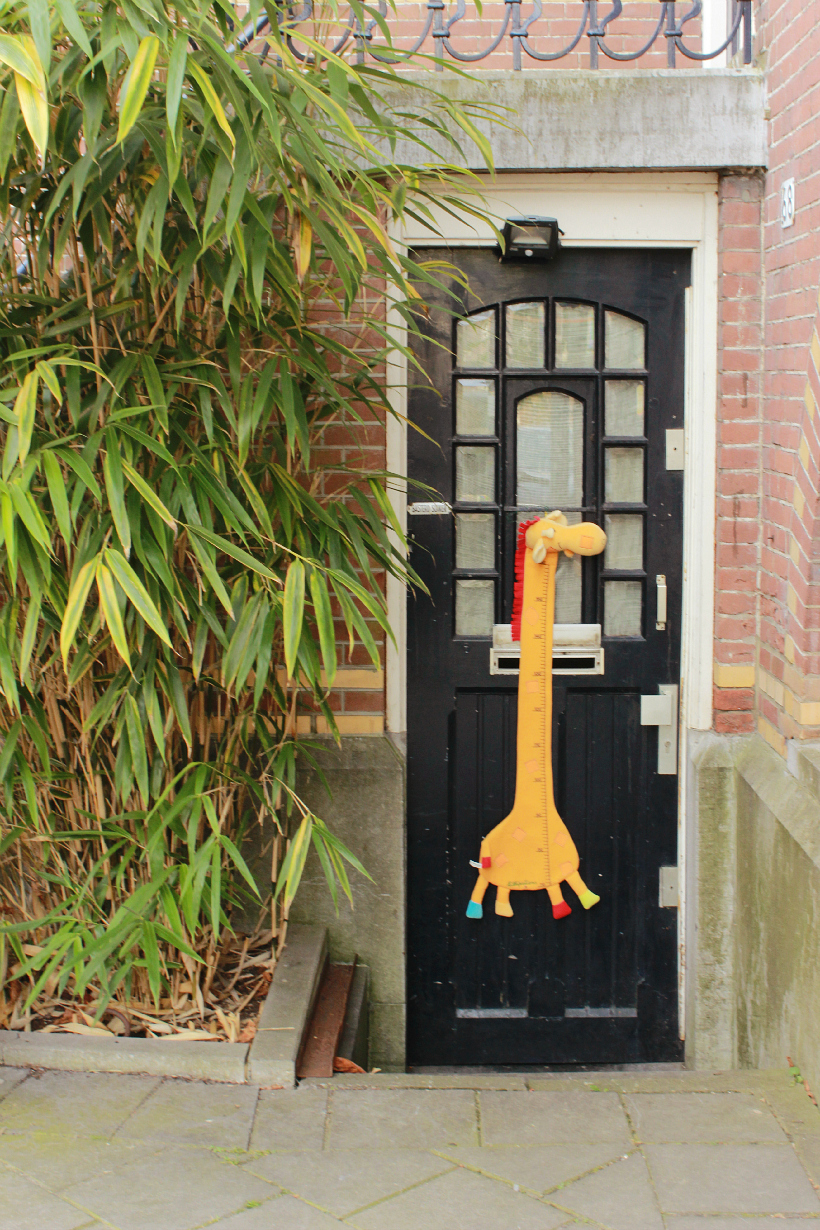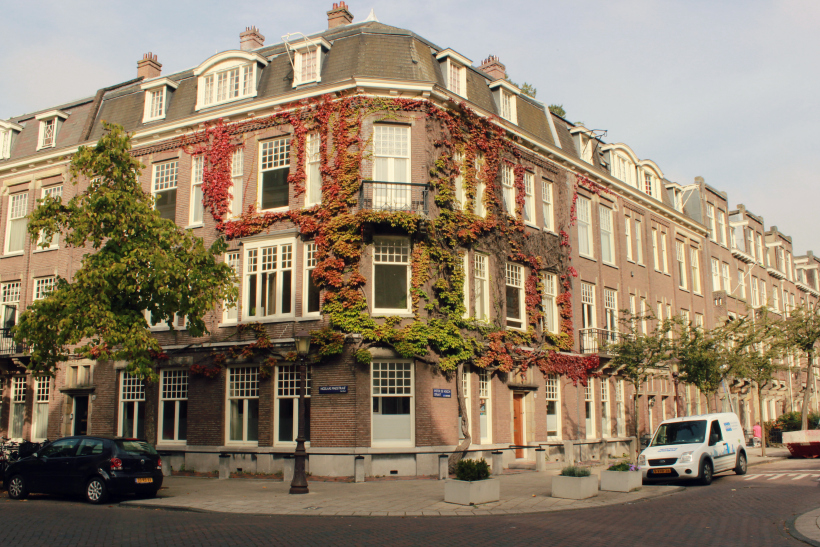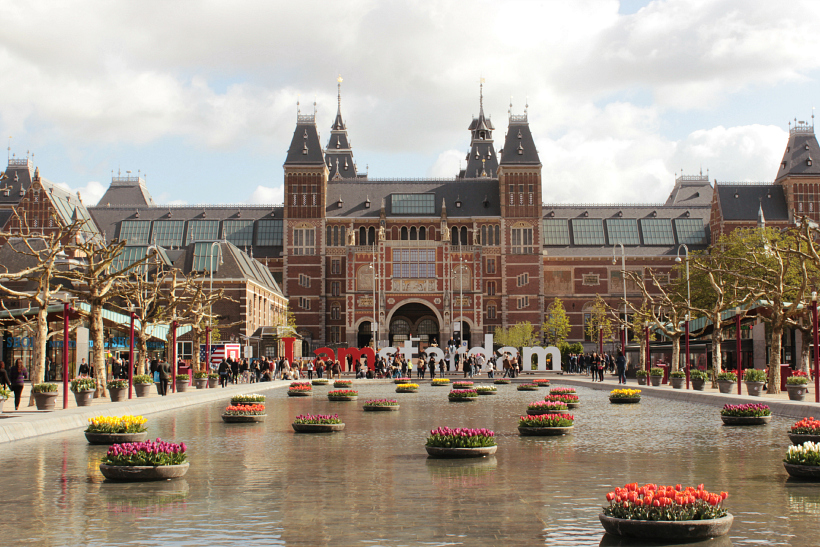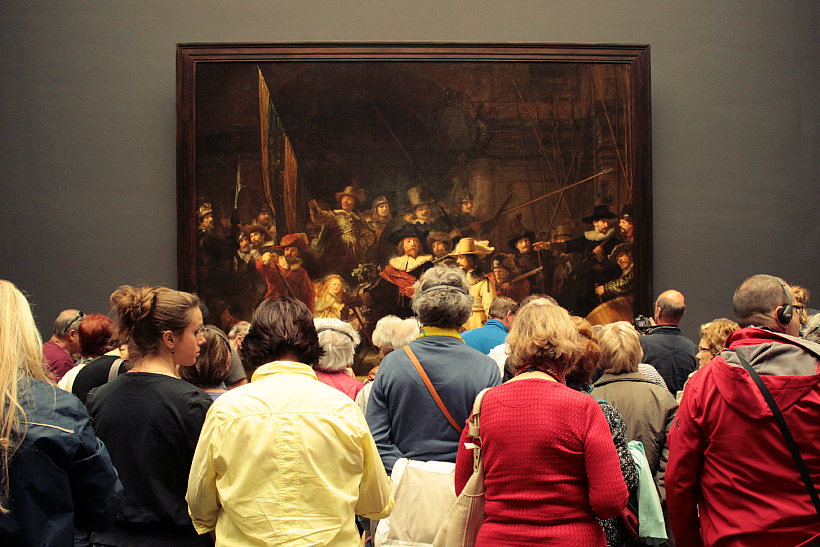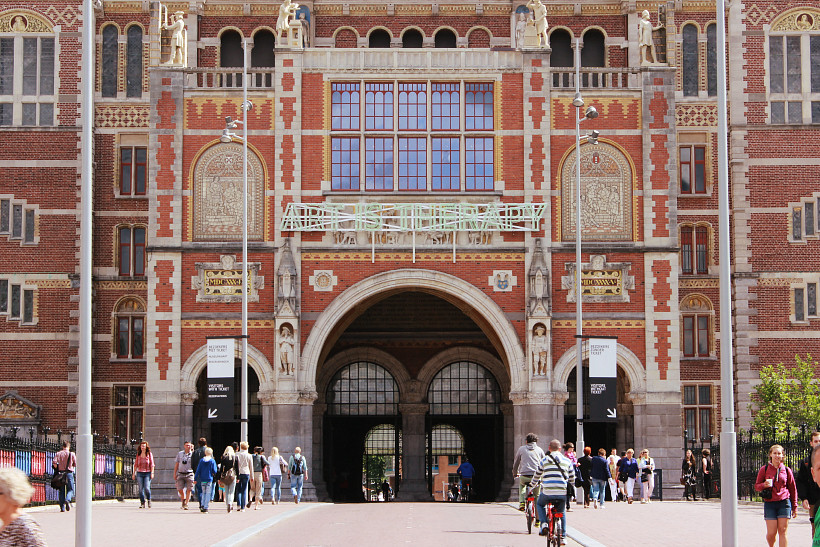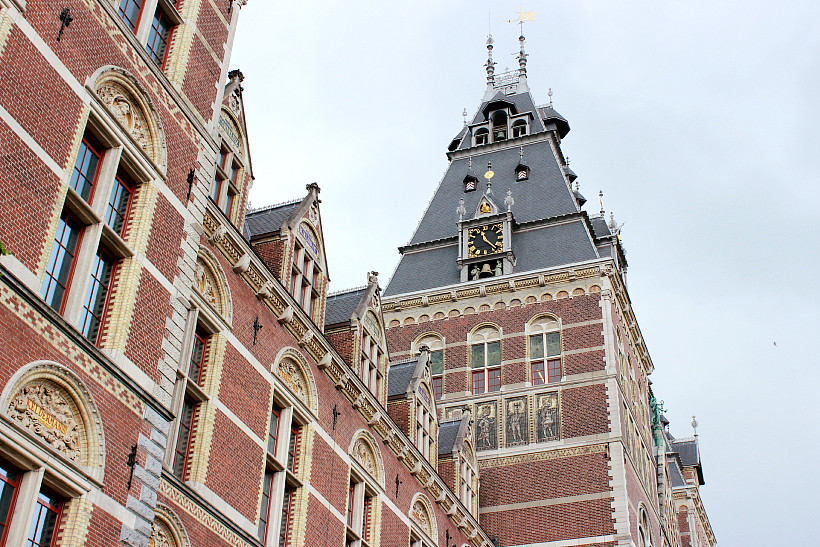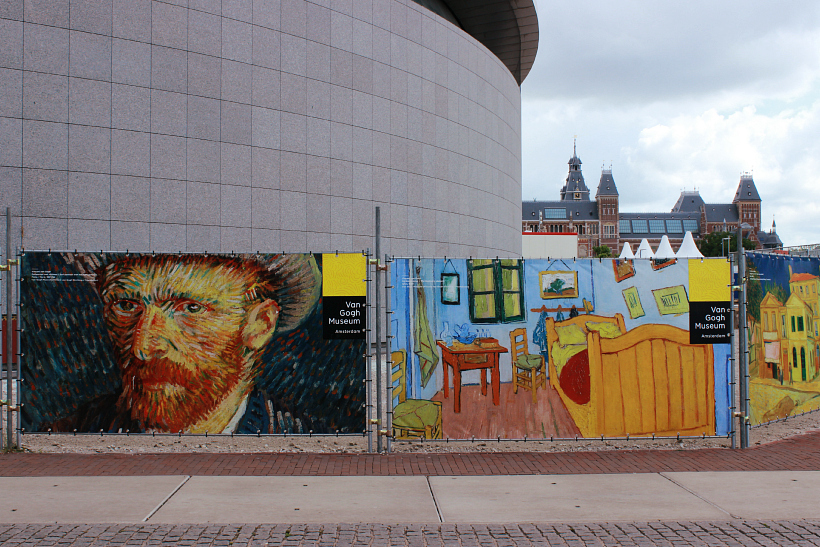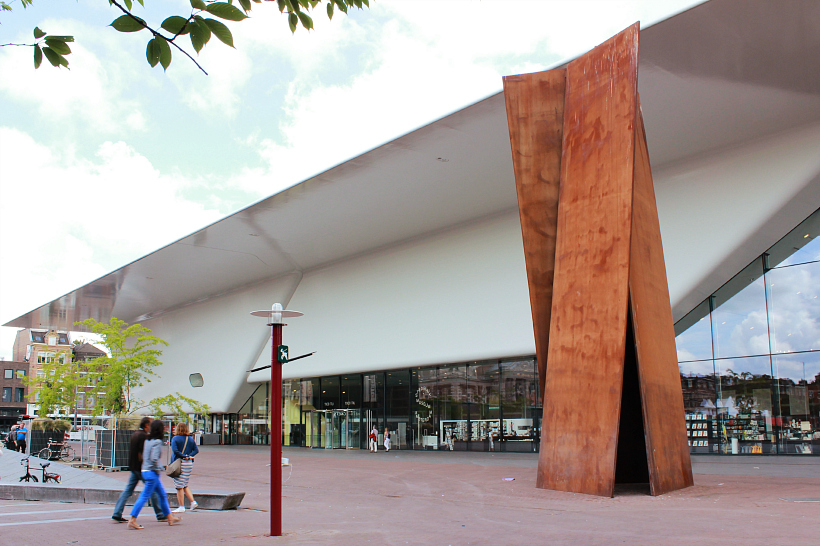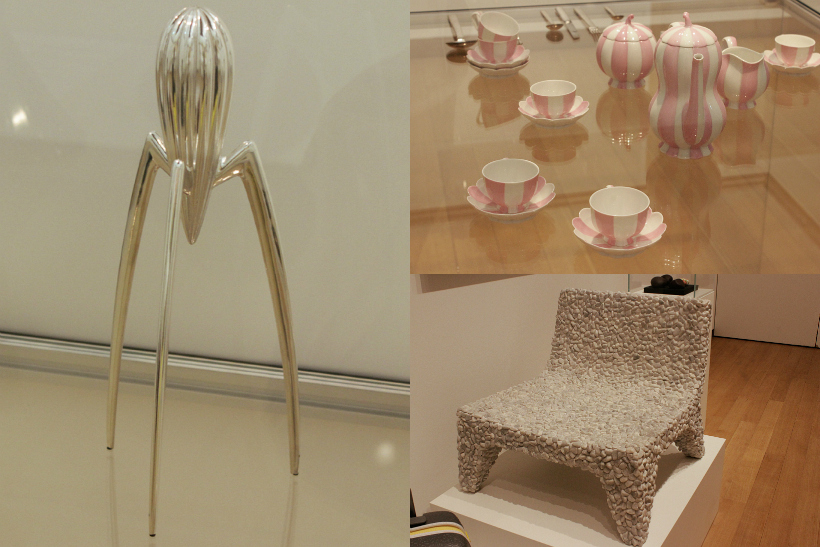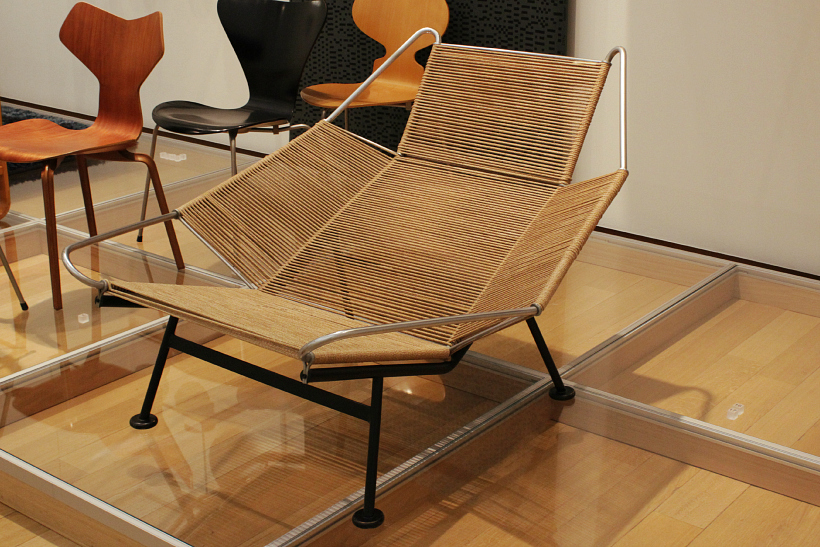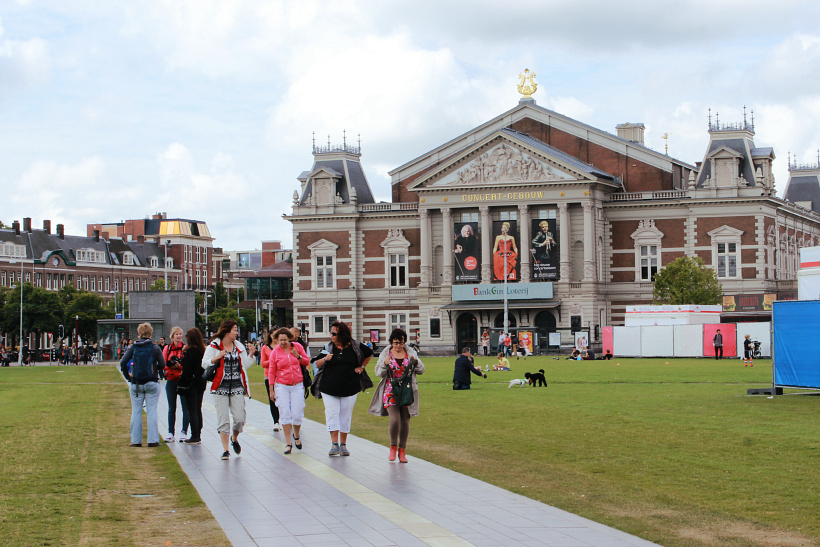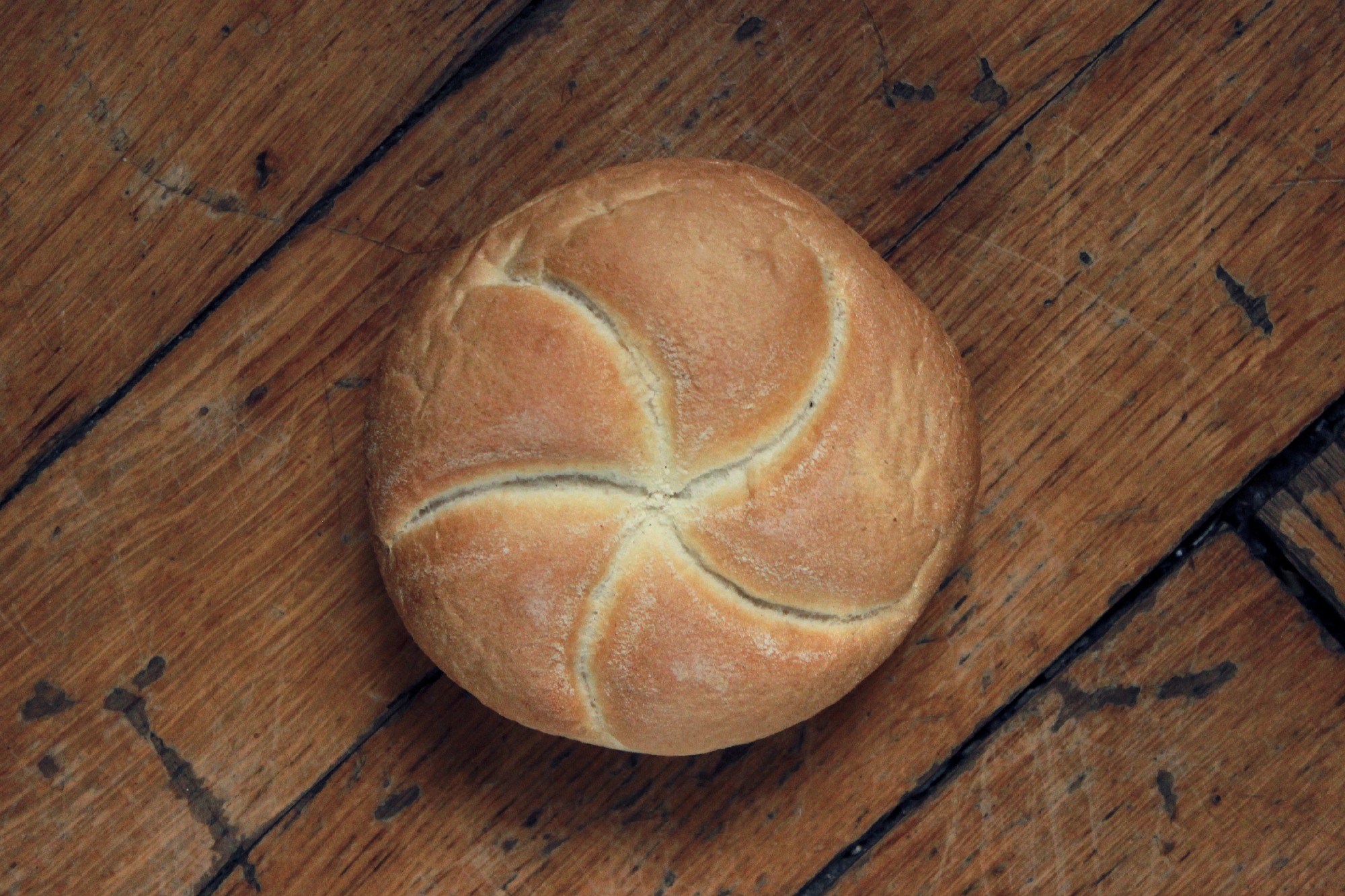Mam nadzieję, że wasz weekend majowy obfituje w odpoczynek i zabawę, a wszelkie obowiązki naukowe na chwilę przynajmniej odstawiliście w kąt :) Ja na przykład postanowiłam wpaść tutaj i zabierać was do wschodniej części Amsterdamu, którą odwiedziłam w czasie, gdy byłam tam au pair :) To też oznacza, że pozostały mi jeszcze dwie - Jordaan i Zuid, a które są moimi ulubionymi miejscówkami w całym mieście. Ale za nim o nich, to pospacerujemy sobie trochę po wschodniej części Amsterdamu.
A zaczniemy od przejścia z Dworca Głównego w stronę Centrum Nauki NEMO. Och, gdyby każde muzeum wyglądało tak jak NEMO, czy choćby Science Museum w Londynie, to byłoby pięknie. Wszystkiego tam można dotknąć, pobawić się często dziwnymi urządzeniami, przekonać się na własne oczy i ręce jak działa fizyka. Ale NEMO jest też prawdziwą perełką ze względu na taras widokowy, znajdujący się na dachu, z którego można podziwiać miasto. A, no i wejście na taras jest darmowe, zaś sam bilet do muzeum kosztuje 15 euro.
***
I hope your first weekend in May is full of rest and fun and you don’t really care about awaiting duties. :) Look at me, in between studying I decided to pop in here and take you to the eastern part of Amsterdam where I lived when I was the au pair :) Soon I’ll write about the remaining two areas - Jordaan and Zuid which also are my favorite parts of the city. Before that let’s have a short walk around the eastern Amsterdam.
We'll start by getting from the main railway station to the NEMO Science Centre. If every museum looked like NEMO, or like the Science Museum in London, the world would be beautiful. In those places you can touch literally everything, play with some strange devices, check with their own eyes and hands how the physics works. NEMO’s also a real gem because its observation deck located on the roof from which you can admire the skyline. There is a free entrance to the deck and the museum ticket costs 15 euros.
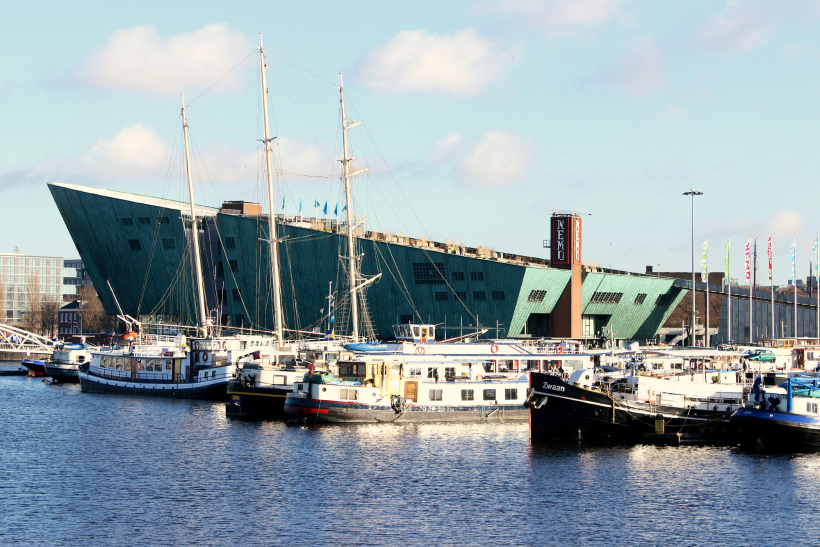


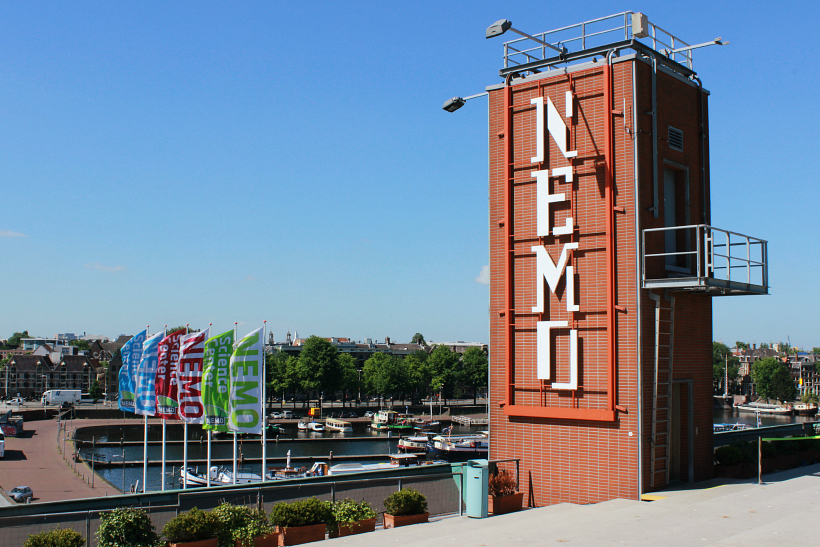
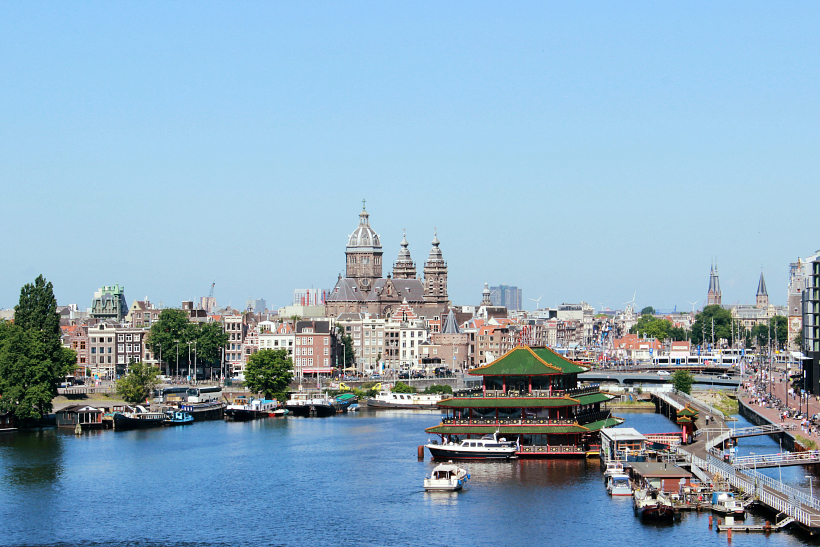
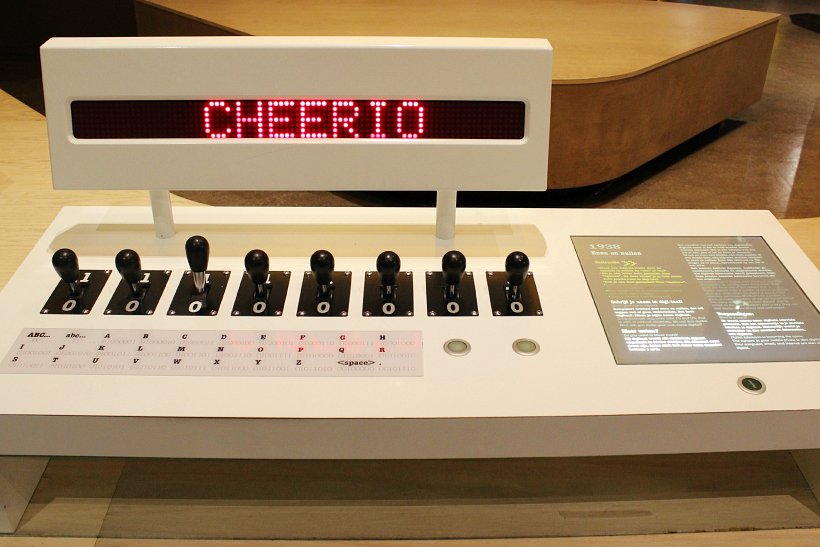
Kolejnym miejscem w tej części Amsterdamu jest Tropenmuseum, a które ja absolutnie uwielbiam. W dosłownym tłumaczeniu z holenderskiego jest to etnograficzne muzeum krajów tropikalnych. I faktycznie stała wystawa dotyczy przede wszystkim kultury i sztuki, także ludowej, Azji i Afryki, a że chcę poznać jak najwięcej miejsc na świecie, to takie miejsce jest jakby namiastką :) Za każdym razem, gdy wybierałam się do Tropenmuseum, zostawiałam rower gdzieś w okolicy Nemo i pieszo pokonywałam całą aleję Plantage Middenlaan. Nie wiem, co takiego tam jest, ale bardzo mnie przyciąga tamtejsza okolica. Z resztą chciałabym tam kiedyś wrócić i wam ją dokładniej pokazać.
***
Another place in this part of Amsterdam is Tropenmuseum which I absolutely adore. If you translate the name from Dutch it’s an ethnographic museum about tropical countries. Its permanent exhibition focuses on art, culture and folk in Asia and Africa. As you know, I want to visit as many many places in the world as possible so such a place is like a nice start :) Every time I went to Tropenmuseum, I left my bike somewhere close to NEMO and walked down the Plantage Middenlaan avenue. I don’t know what exactly but there is something over there that makes me very attracted to the area. Anyway, I’d like to go back there and show you more of it.
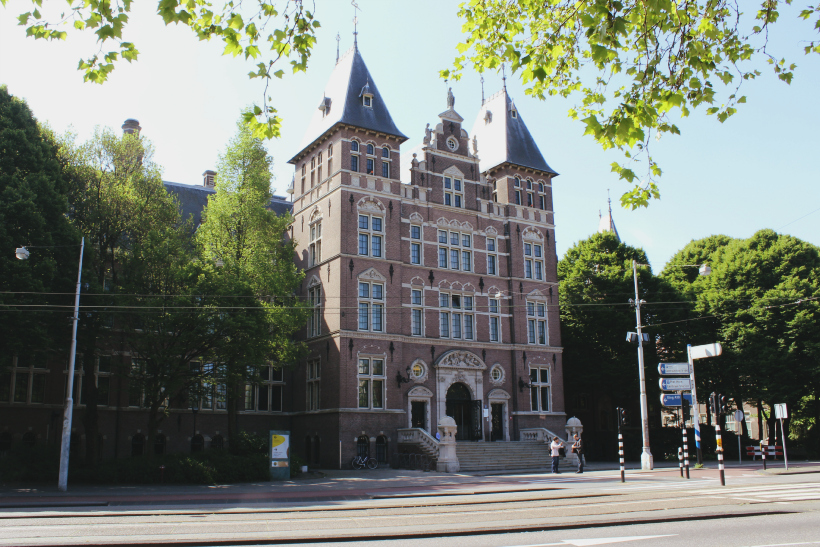

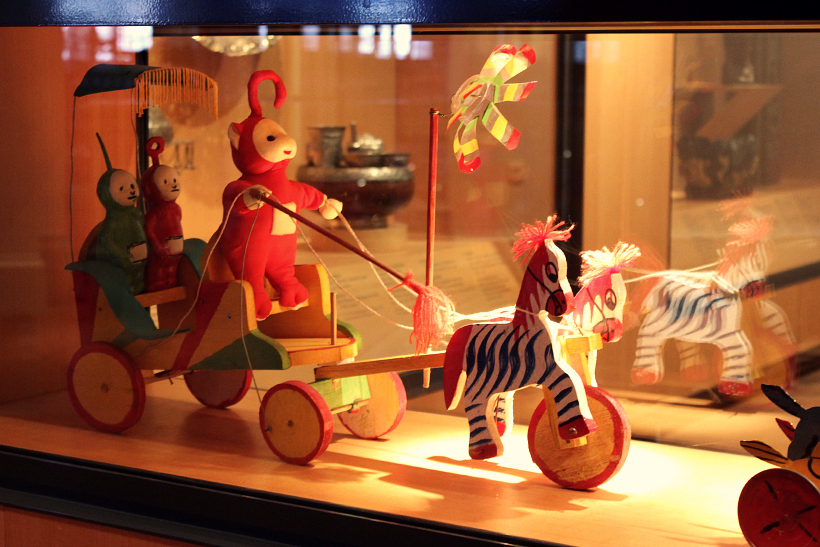
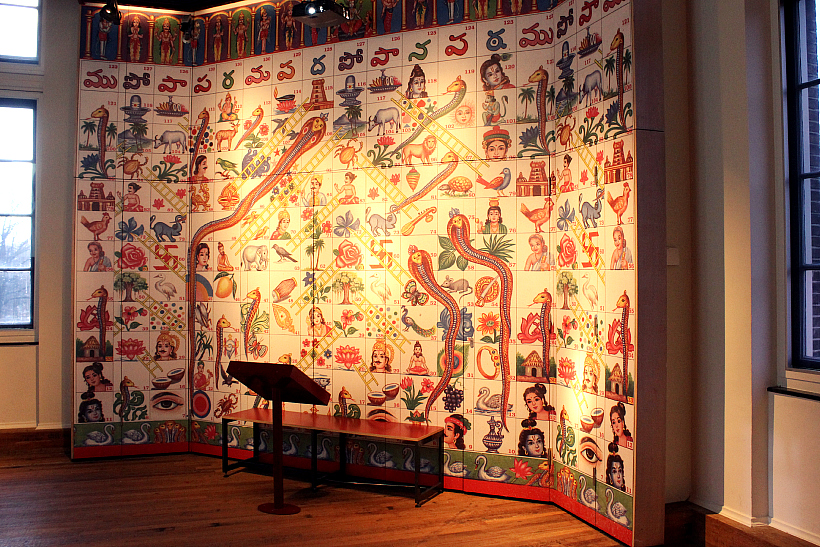
Zaraz obok NEMO znajduje się muzeum morskie Scheepvaartmuseum, które z pewnością będzie interesujące dla zainteresowanych tematem. Reszcie mogę w tajemnicy zdradzić, że jeżeli było się np. w muzeum morskim w londyńskim Greenwich, to każde kolejne odwiedzone muzeum w tym klimacie wyda wam się podobne do poprzedniego :)
***
Right next to NEMO there is the maritime museum - Scheepvaartmuseum. It’s a nice place for all those you interested in the topic. However, if you’ve ever been to any other maritime museum e.g. in Greenwich, London you may find all the others quite similar to the previous ones:)

A na zakończenie po prostu polecam spacer po wschodnim Amsterdamie, szczególnie w okolicy zoo Artis, gdyż jest tam ukrytych wiele skarbów jak zresztą w całym mieście. Ach, uwielbiam Amsterdam :D
***
At the very end I just want to recommend a walk in the east Amsterdam particularly around the zoo Artis because it’s a place with hidden gems. Oh, I love this city :D



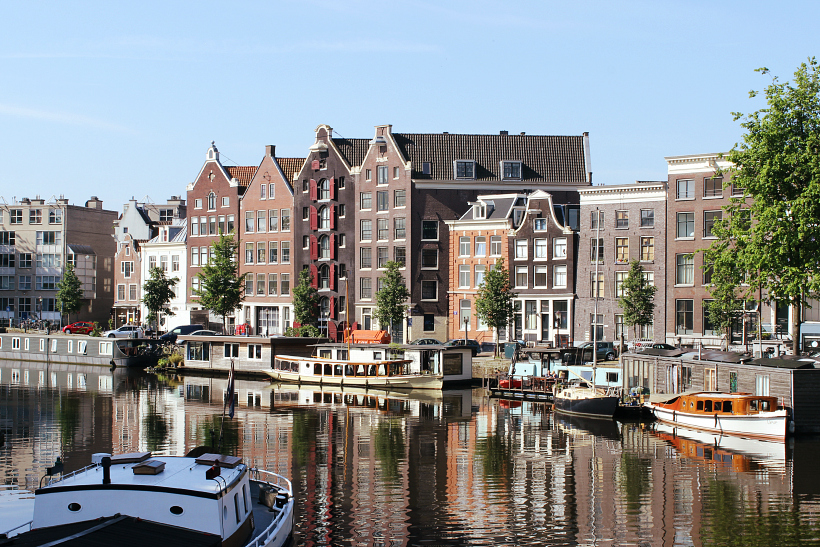
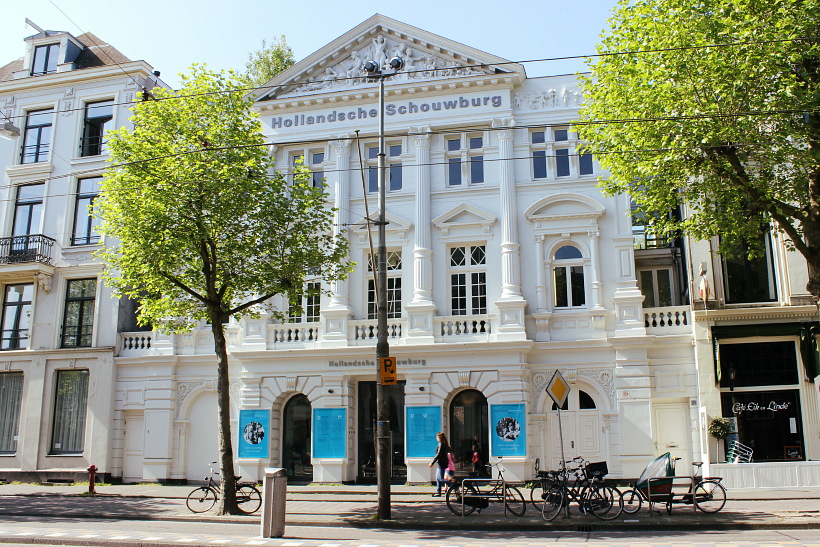
Pozdrawiam
Bye
Karolina

